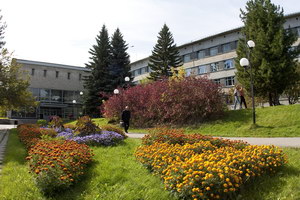A Demand-Response Approach for HVAC Systems Using Internet of Energy Concept

Rapid urbanization, increasing electrification, the integration of renewable energy resources, and the potential shift towards electric vehicles create new challenges for the planning and control of energy systems in smart cities. Energy storage resources can help better align peaks of renewable energy generation with peaks of electricity consumption and flatten the curve of electricity demand. The chapter proposes an approach to decentralized demand response (DR) of a distributed multi-energy network on the Internet of Energy (IoE) structure, receiving electricity from a centralized power grid. IoE is implemented as a multi-agent hardware and software environment where HVAC building agents are able to alter the overall electricity demand curve by controlling the heat storage of each agent. In addition, it is shown that the net-centric DR management structure is well suited for prosumers and active consumers who are IoE users and are connected by smart contracts to their aggregator cluster. The proposed DR approach are tested in power district of nine simulated HVAC-associated buildings located in climate zone D. The buildings have diverse load and domestic hot water profiles, PV panels, thermal storage devices, heat pumps, and electric heaters. The multi-agent reinforcement learning method achieves superior results for the DR problem by reducing the average daily peak load, ramping, and increasing the load factor. © The Author(s), under exclusive license to Springer Nature Switzerland AG 2024.
Библиографическая ссылка
Tomin N. , Kolosok I. , Kurbatsky V. , Korkina E. A Demand-Response Approach for HVAC Systems Using Internet of Energy Concept // Lecture Notes in Networks and Systems. Vol.846. 2024. P.275-293. DOI: 10.1007/978-3-031-49390-4_20


